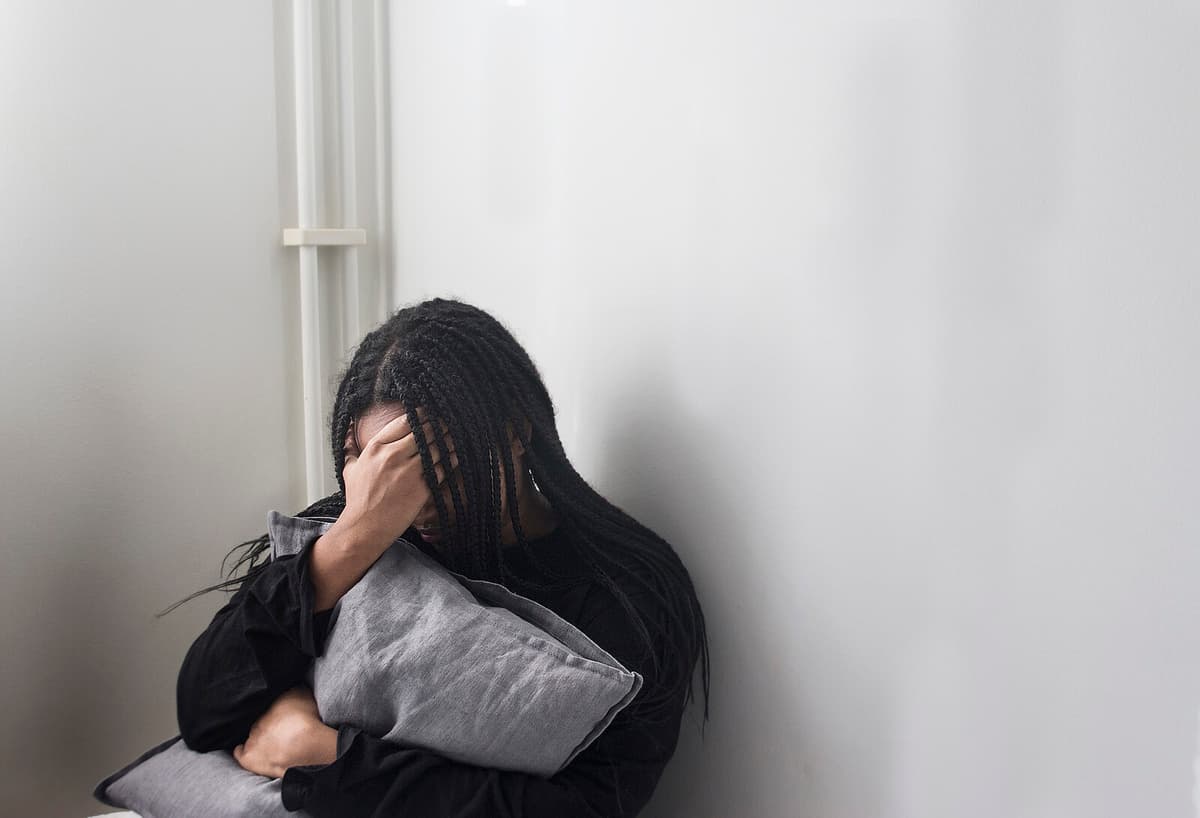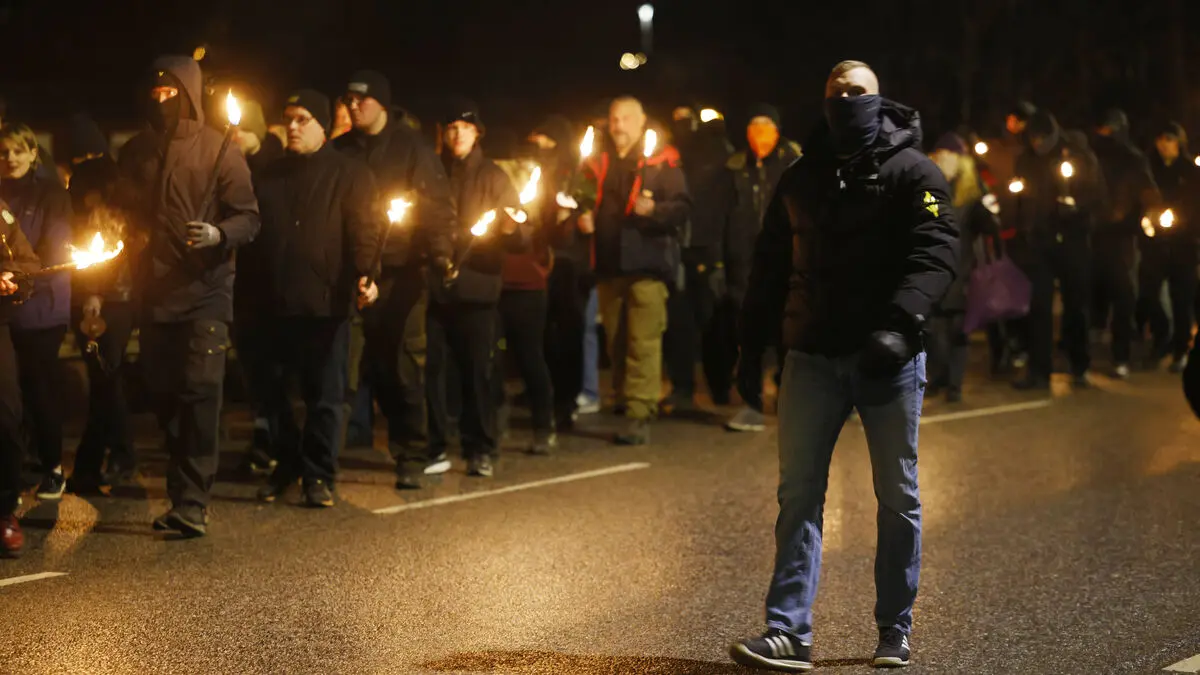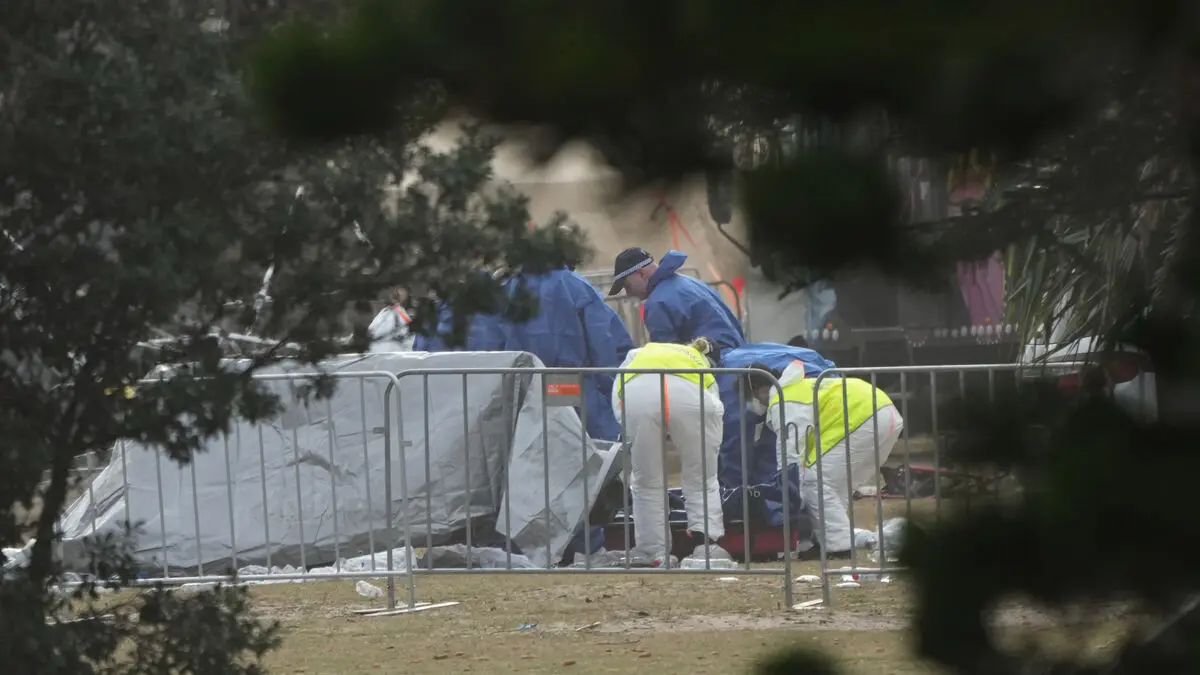The National Board of Health and Welfare's survey shows that it is three to four times more common for children and young people who are placed in, for example, HVB homes or Sis accommodation to suffer from mental illness, compared to their peers. The proportion of those with mental illness among the placed teenagers has also increased over time. Among 13-17-year-olds, 41 percent of girls and 32 percent of boys have some psychiatric diagnosis.
Severe Side Effects
The survey also shows that children and young people in social care receive significantly more psychotropic medication than their peers. The National Board of Health and Welfare points out that a remarkably high proportion receive antipsychotic medication, higher than the proportion diagnosed with psychotic disorder or bipolar disorder. This is worrying, according to the National Board of Health and Welfare, and indicates the risk of severe side effects.
"Healthcare needs to review this type of prescription and what other care measures may be suitable," says Anne-Katrin Kantzer, medical expert at the National Board of Health and Welfare, in a press release.
Better Collaboration
The National Board of Health and Welfare is now developing new knowledge support for healthcare. National teams are also being prepared to support child and adolescent psychiatry.
"The results clearly show that placed children and young people need more attention within child and adolescent psychiatry, and that collaboration between social services and healthcare needs to be much better," says the National Board of Health and Welfare's Director-General Björn Eriksson.





